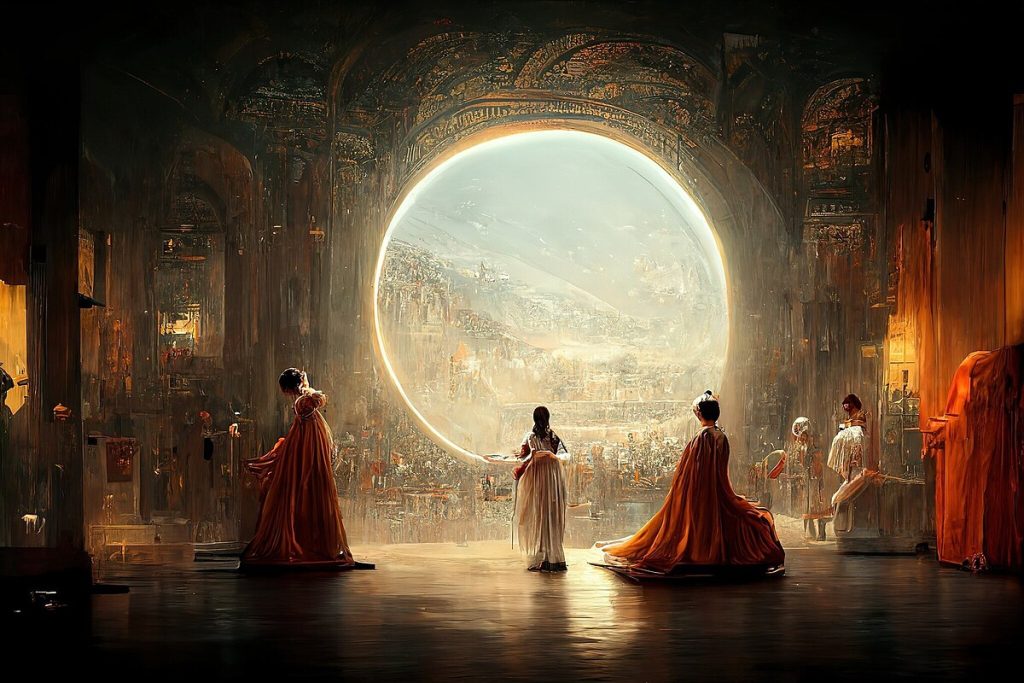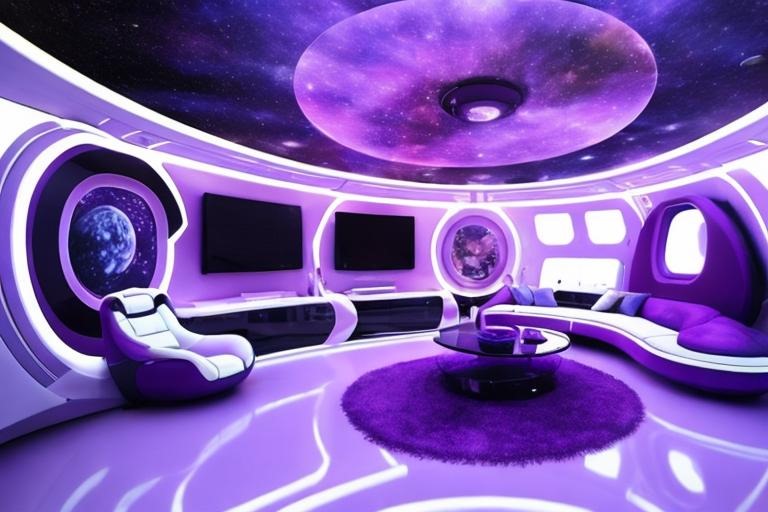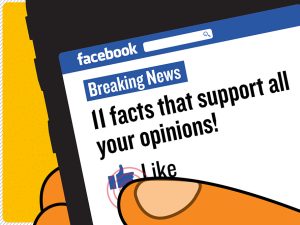In a world where artists collaborate with algorithms to iteratively turn static noise into a digital masterpiece, a profound question echoes: Who holds the brush in the revolutionary age of AI-generated creations? As we navigate the undiscovered wilderness on the border between legalities, artificial intelligence, and human artistry, we must remember who pilots the vehicle. The rightful copyright owners of AI-generated images are not the machines, nor the creators of them. The rights belong to the architects of inspiration, the prompters (i.e. writers of the input-text) who wield the power of intention and control – those who use newly acquired technology as an innovative means of expression.
Since the pre-historic era, mankind has used paintings as a way of artistic expressivity to bring experiences and figments of the imagination to life. As our species acquired new knowledge about the world, development in materials innovated the ability of painters to represent their ideas. It is commonly accepted not to attribute any copyrights to the creator of, for example, the canvas or the modern paintbrush. Although these inventions had a major impact on the field of painting, artists still need to collaborate with them to turn creative ideas into a lively canvas. Now that artificial intelligence is revolutionizing workflows in various industries, we must apply the same artistic principle to it. Attributing copyrights to the prompter of an image generation model, and not the model’s creator, therefore aligns with the traditional understanding of authorship and creative expression.
One common critique of AI-generated art stems from a widespread misconception regarding the limited control of the author. Midjourney, a popular image generator, was used by artist Kris Kashtanova to create a comic book with high-quality visuals. At the start of 2023, the U.S. Copyright Office denied her request for acquiring copyrights over the images in the creation. [1] Instead, she was only granted exclusive rights over the written text and composition of images as a whole. The office relied on § 313.2 of the Compendium of U.S. Copyright Practices (USCO), which states that: “the Office will not register works produced by a machine or mere mechanical process that operates randomly or automatically without any creative input or intervention from a human author.” [2] Since the prompts are written by humans and are effectively creative input, this begs the question: why not attribute copyrights to the individuals guiding generative image AI, recognizing their essential role in shaping the final output?
Contrary to popular belief, the prompters of image-generation models have a significant level of control over the output. The artist in the aforementioned lawsuit stated “It is fundamental to understand that the output of a Generative AI model depends directly on the creative input of the artist and is not random.” [1] and she is not alone in this stance. Jason Allen, a former winner of the Colorado State Fair, saw his copyright request for an image being denied by the USCO on similar grounds. Although Jason wrote over 600 prompts to get the base image for his artwork and then used more traditional tools, such as Photoshop, to come to his final masterpiece, his creative contributions were still not recognized by the USCO. One aspect that often goes overlooked during a discussion about intent and control is a technique called image2image. There are plenty of models out there (including Midjourney) that, next to a text prompt with human input, take in an additional image to apply the instructions to. As a result, artists have a significant level of control over the generation process and can rather precisely use the models as a paintbrush for their digital canvas. In the rejection letter from the board of the USCO, the office claims: “Mr. Allen’s actions as described do not make him the author of the Midjourney Image because his sole contribution to the Midjourney Image was inputting the text prompt that produced it.” [3] This illustrates the lack of understanding regarding AI techniques from the USCO. It diminishes the creative process from the artist to “inputting the text prompt” whereas they should acknowledge the efforts of AI artists to wield control over the image generation models.

To illustrate that artists can generate AI images with a deliberate composition, coloring scheme, and details, we did the work ourselves. On the website www.openart.ai, both the text2image and image2image models were used to generate an image. The corresponding text prompt was: “A futuristic purple living room in space with science fiction-like decorations.” The image2image model included a reference image, the sketch on the left. The middle image was generated according to the reference image, whereas the right image solely used the text instructions. Both results are beautiful and do a great job representing the text prompt, but the image2image output closely represents the spatial composition of the reference image in both the furniture and decorations. Composition and color schemes are two important traditional elements of artists’ creative expression, and these remain in human hands even with AI-generated images. To state that the artists merely write the input text for these models would be an insult to the creative processes they undertake to curate their masterpieces. Yes, image generation makes it easier to create beautiful images at a rapid rate as it removes the technical limitations designers face. This ensures that it can unlock an artist’s true creative potential by alleviating these restrictions.



AI can be an amazing tool for creating artwork and inspiring artists in ways that “regular art” cannot. The collaboration of smart AI models with the brilliant minds of young artists can create the most stunning pieces of art. This beautiful evolution should be cherished, not diminished. Specifically, if the prompters receive little to no ownership over their creations, the use of these models will stagnate. However, if we grant rightful ownership of the created images to the prompters, we encourage the use of these models. This in turn will improve the quality of AI-generated images, which will lead to more creative innovation in the field of artificial intelligence.
The question of ownership over AI-created images boils down to whether or not we want to provoke artists to innovate by using AI tools for their art. If we don’t believe prompters should own the digital property, in the long run, they will not use these models as intensively, and computer-based art generation will decay. Nevertheless, let’s take a step towards creative innovation and allocate ownership of AI-generated images to their prompters. This type of art will flourish and image-generating models will become better than ever. Moreover, it would open the way to new creative businesses that can rapidly produce animated, illustrated, and perhaps even personalized content.
People might argue that the model creators should have the right to claim ownership of images created by their models. However, creating these models shouldn’t necessarily grant you ownership of every output your model gives. Although it’s very useful, such an AI model is simply a tool with which content can be created. Creative and unique input prompts result in creative and unique outcomes, the models are useless without fitting and original prompts. Also, artists will only keep using these models if there’s something to gain from their use. Allocating ownership of the created images to the model makers would lead to a strong decline in the use of these models and thus in creative innovation. Of course, model builders should receive compensation since image creation is a collaborative process in which the prompter and the model are collaborators. Compensation in the form of a pay-per-use system would be a fair alternative that will not diminish image generating model use since digital ownership of the outcome still resides with the prompters.
We claim that copyright and ownership of images created using generative AI models should reside with the people who provide the input prompts, and use these models as a tool to realize their creative ideas. Since image generation models are tools that can be used and the true uniqueness and creativity come from the users, they should be the ones benefiting the most from their creations. Granting ownership of the output to the model creators will give them a lot of power in the creative industry. Furthermore, artists not obtaining ownership of the images they create will ultimately lead to a severe demise in AI use for image creation. Which in turn will stagnate creative innovation in this area. Hence, we want to take a stance against copyright offices, which currently restrain artists from ownership of their creations. Copyright laws should protect the creativity of those that use it, and not support big AI companies in claiming ownership of the truly creative ones. The creativity portrayed by prompting AI models should be preserved and nurtured by granting ownership to those who create.
- https://arstechnica.com/information-technology/2023/02/us-copyright-office-withdraws-copyright-for-ai-generated-comic-artwork/
- https://www.copyright.gov/comp3/
- https://www.law.com/legaltechnews/2023/09/19/uscos-decision-that-ai-prompts-arent-copyrightable-underscores-techs-black-box-problem/
- https://www.openart.ai/
